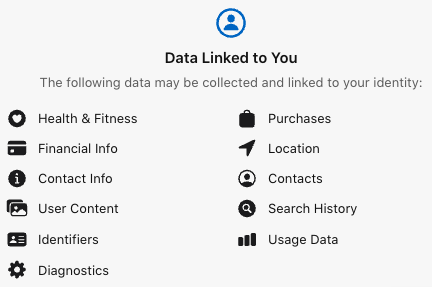The foundational Domain Name System, essentially the phone book for the internet, used to be something nobody using the net much noticed, but lately it has become more of a target, and the cost of attacks against it are huge and growing.
Recent events have once again brought issues involving the DNS, as it’s called for short, to the forefront.
One reason has to do with the expansion of the internet. There are more targets, more bandwidth and more automated tools to launch attacks, making it easier for the bad guys to cast a wider net with more destructive power.
I explore the role of DNS, the collection of various attacks, and the role this protocol plays in my latest story for SiliconANGLE here.
![Blind Fear: A Thriller (The Finn Thrillers Book 3) by [Brandon Webb, John David Mann]](https://m.media-amazon.com/images/I/51c2pwLEc3L.jpg) This is the third in the series of “fear” books featuring ex-Navy SEAL Finn in another escapade, this time in Puerto Rico in the process of saving two children who get caught up in a series of unfortunate events. Finn is trying to find the kids, who have been abducted on a snorkel trip. Meanwhile, two federales are searching for Finn and land on the island and start tracking him down. The characters, as with the previous two novels, are well drawn, the situations ultra realistic, the conflicts seemingly vexing. You don’t have to read the other books to get involved here, and if you are fans of Lee Child’s Reacher or Brad Thor’s books you will find t
This is the third in the series of “fear” books featuring ex-Navy SEAL Finn in another escapade, this time in Puerto Rico in the process of saving two children who get caught up in a series of unfortunate events. Finn is trying to find the kids, who have been abducted on a snorkel trip. Meanwhile, two federales are searching for Finn and land on the island and start tracking him down. The characters, as with the previous two novels, are well drawn, the situations ultra realistic, the conflicts seemingly vexing. You don’t have to read the other books to get involved here, and if you are fans of Lee Child’s Reacher or Brad Thor’s books you will find t
